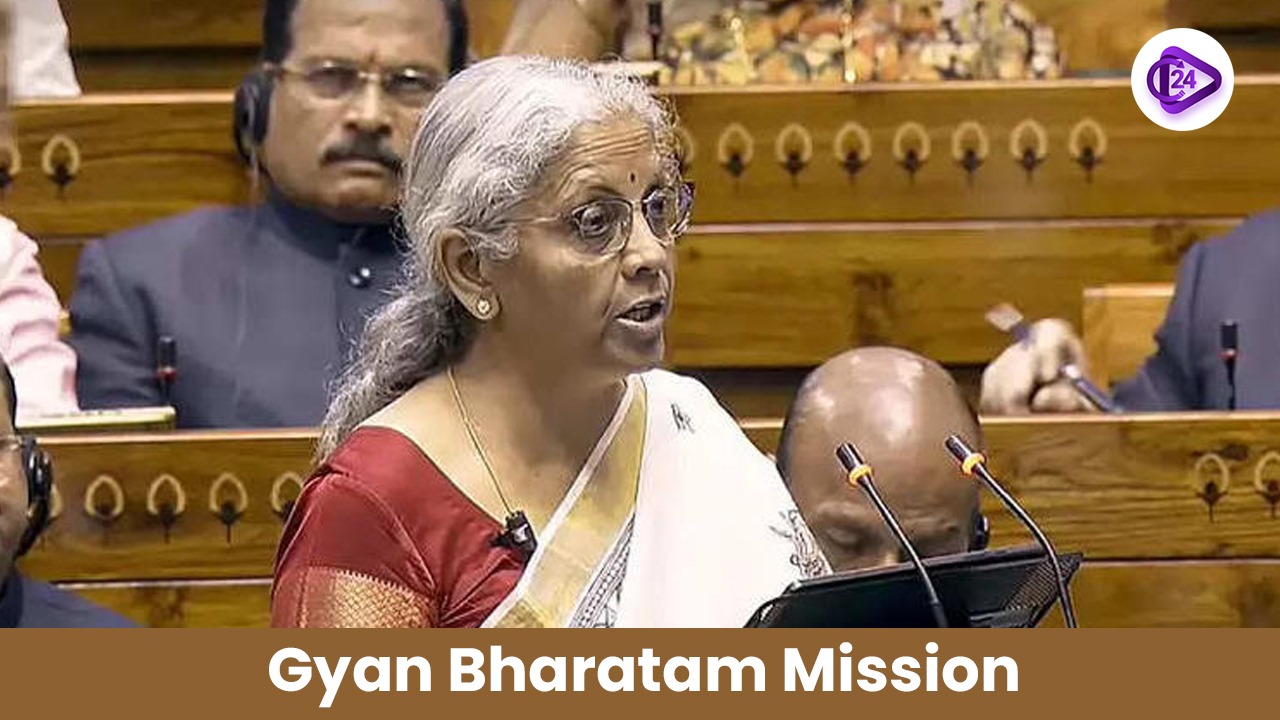
The Indian Council of Agricultural Research (ICAR) has recently reinvented the essence of the Central Tobacco Research Institute (CTRI) in Rajahmundry renamed to The National Institute for Research on Commercial Agriculture (NIRCA). This change marks a broader research mandate that now includes crops like turmeric, chili, castor, Ashwagandha, and tobacco as well.
Tobacco Crop Overview
Tobacco is plants in the Nicotiana genus especially Nicotiana tabacum which is most commonly grown for commercial sale and use in countless tobacco items.
Etymology
The term ‘Tobacco’ is realized from the Spanish term ‘tabaco’, originated from the Taíno language of the Caribbean. It is used either to refer to the roll of tobacco leaves or an L-shaped pipe that was used for inhaling the tobacco smoke.
History of Tobacco Research in India:
Tobacco research in India was initiated during the early 1930s with the foundation of the Cigarette Tobacco Research Station at Guntur. Central Tobacco Research Institute (CTRI) was established in 1947 to carry out research in the field of tobacco which includes scientific and technical aspects. In 1965, the Indian Council of Agriculture Research (ICAR) assumed control of the institute’s activities.
Climatic Conditions
-
Tobacco is an indigenous crop of the tropics, yet, it grows well in tropical, sub-tropical, and temperate regions.
-
Tobacco cultivation and climate Tobacco grows well in a specific climate with conditions such as temperature humidity and rainfall favored.
Ideal Growing Conditions
-
Frost-Free Climate: Tobacco takes about 100-120 frost-free days for its maturation.
-
Temperature: The growth of tobacco requires an optimum temperature of about 80°F or 27°C.
-
Rainfall: Moderate rainfall between 88 to 125 mm per month is advisable to support vigorous plant growth.
-
Soil: Tobacco requires a warm climate with their preferred soil type being black, fertile, and well-drained.
Global Tobacco Scenario
India is one of the largest producers of tobacco crops in the world. The leading tobacco-producing states include:
-
Gujarat: It is the largest producer of tobacco in India.
-
Andhra Pradesh: accounting for nearly 41 percent of the total tobacco produced in India at present.
Tobacco Board of India
The Tobacco Board of India was constituted as a statutory body on January 1, 1976, under Section (4) of The Tobacco Board Act, 1975. The Board has a pivotal responsibility of regulating the growth of the tobacco industry in India as well as setting standards. It’s head office is situated at Guntur, Andhra Pradesh.
Key Functions of the Tobacco Board:
-
Export Promotion: The major objectives of the Board are the stimulation of export of all forms of tobacco and any associating goods.
-
Regulation: It controls the supply and marketing of Flue Cured Virginia (FCV) tobacco, both for local use and export.
-
Farmer Support: According to the Board of Directors, farmers who supply tobacco are paid a fair price for their produce and they are assisted by being provided with financial support, and inputs to enable them to produce quality tobacco.
-
Sustainable Practices: It invests in the extension and development of sustainable tobacco growing practices.
Conclusion
It is also instructive that, the organization that became the CTRI was renamed as NIRCA to signify a change in the country’s agricultural research focus towards greater diversification. Despite tobacco contributions to India’s economy, there is a need to diversify research for other commercial crops such as turmeric, chili, castor, and ashwagandha. The new mandate of NIRCA after the country faced many challenges like environmental sustainability and future competition in the international market may go a long way in determining the future of agriculture in India.




 Government Expands Support for Classical Languages in India
Government Expands Support for Classical Languages in India Guru Shishya Parampara Scheme Preserving India Traditional Arts
Guru Shishya Parampara Scheme Preserving India Traditional Arts Gyan Bharatam Mission 2025 Preserving India Manuscript Heritage
Gyan Bharatam Mission 2025 Preserving India Manuscript Heritage India Startup Revolution: Driving Innovation and Job Creation in 2024
India Startup Revolution: Driving Innovation and Job Creation in 2024 Empowering Tribes for a Viksit Bharat: Tribal Welfare Boost in Union Budget 2025
Empowering Tribes for a Viksit Bharat: Tribal Welfare Boost in Union Budget 2025 World Wetlands Day 2025 Celebrations at Parvati Arga Ramsar Site, Gonda, Uttar Pradesh
World Wetlands Day 2025 Celebrations at Parvati Arga Ramsar Site, Gonda, Uttar Pradesh India Marks World NTD Day 2025 with Landmark Illumination at India Gate to Raise Awareness
India Marks World NTD Day 2025 with Landmark Illumination at India Gate to Raise Awareness Delhi-Haryana Water Dispute Escalates Over Ammonia Pollution in the Yamuna River
Delhi-Haryana Water Dispute Escalates Over Ammonia Pollution in the Yamuna River Retinal Diseases: RNA Therapeutics Show Promise, But Is India Ready.
Retinal Diseases: RNA Therapeutics Show Promise, But Is India Ready. Uttarakhand Becomes the First State to Implement the Uniform Civil Code (UCC)
Uttarakhand Becomes the First State to Implement the Uniform Civil Code (UCC)






